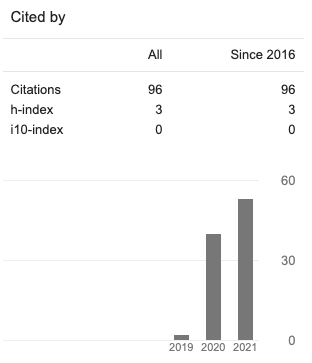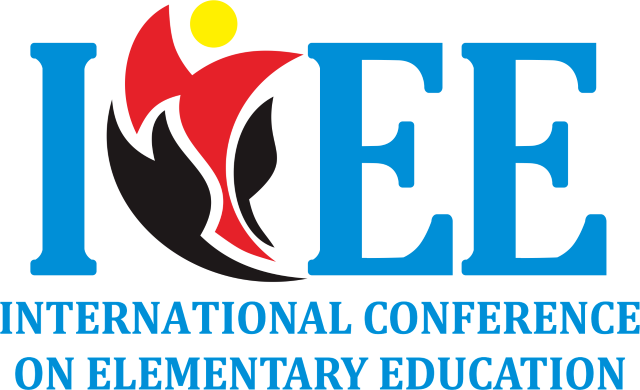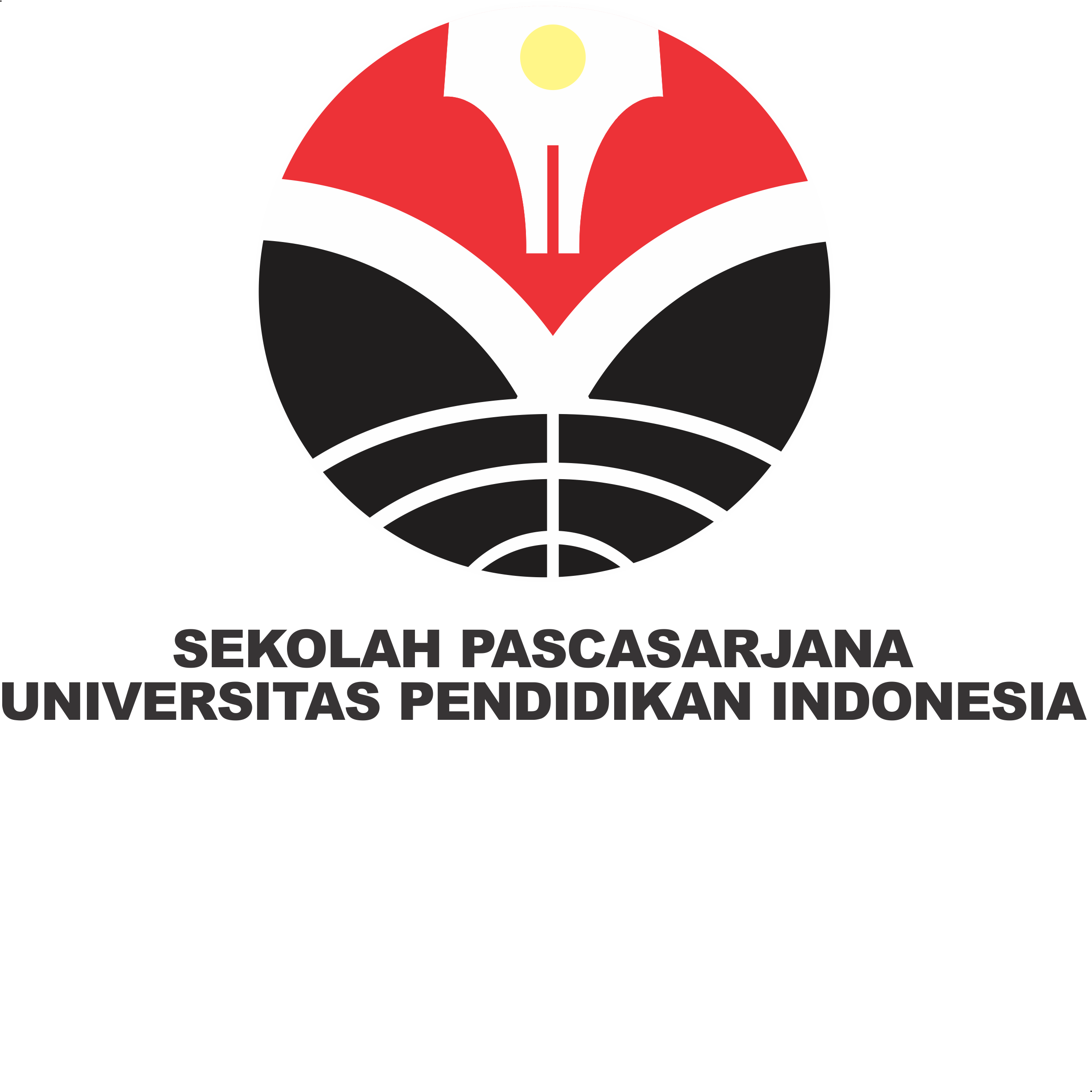School Leadership Strategy and Strategic Planning in Early Childhood Education at the Industrial Revolution 4.0 Era in Character Building
(Case Study at Tri Daya Cimahi Kindergarten)
Abstrak
The Industrial Revolution 4.0 had a significant impact on education system including Early Childhood Education. There are many worries of community, that industrial revolution 4.0 will change the culture of the school and eliminate the character values. Therefore, leadership strategy is needed, in order to be able to empower all elements to jointly face it, with strategic steps so that schools are able to develop children’s potential and character building. Besides, the Industrial Revolution 4.0 Era need strategic planning to realize the quality of schools with character building oriented. This study aims to describe how leadership strategies and strategic planning in Early Childhood Education in the industrial revolution 4.0 era are able to build the children’s character. This study uses a qualitative approach with method of case study in Tri Daya Kindergarten Cimahi. The results showed that the Principal's Leadership Strategy and Strategic Planning in Tri Daya Kindergarten of Cimahi had a very crucial to face the industrial revolution 4.0 era in realizing competent, technology-oriented, quality of early childhood education in character building. Conclusion of this research, that the principal's leadership strategy and strategic planning in the industrial revolution 4.0 era have a great influence on the children's character building















